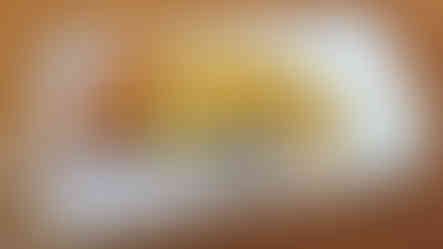Kourion
- Olive
- Sep 23, 2020
- 2 min read
Updated: May 20
The archaeological site of Kourion (Latin Curium), situated 13 km from Limassol, is of great historical significance. Established between 1050 and 750 BC, the kingdom of Kourion was ruled by various powers during the following centuries, including Assyrian, Egyptian, Persian, and Ptolemaic. The city of Kourion was one of the most prominent cities in Cyprus under Roman rule; it is mentioned in the writings of Ptolemy, Stephanus of Byzantium, Hierocles, and Pliny the Elder. Most of the remains today are from the Roman era.
The theatre at Kourion was built in the 2nd century BC and extended in the 2nd century AD. It was destroyed and abandoned in the 4th century through several earthquakes; today it is largely restored to its former capacity. It can seat up to 3000 and is still used for concerts and theatrical performances.
Other sites of interest include the Agora, the Stoa, the northeastern Hellenistic public structure, the Roman Nymphaeum and the early Christian Basilica, as well as the remains of several houses.
Public baths, a swimming pool, and state-of-the-art changing rooms!
The Christian Basilica dates from the 5th century AD and was built on the foundation of a pagan temple. After the earthquake of 365 AD, the pagan temples were not rebuilt. The transition to Christianity took place around this time, and Kourion became an ecclesiastical centre in Cyprus until its destruction in the 7th century.
The following mosaics can be seen in the House of Eustolius, the House of the Gladiators and the House of Achilles. The second mosaic from the House of Eustolios (4th century) contains the Christian symbols of the fish, the goose, the partridge, the pheasant and the falcon, which were prevalent at that time. While little is known about Eustolius, a mosaic inscription testifies to his desire to show Christian grace and love to the people of Curium in providing amenities after the earthquake in 365 AD.
The inscription translates: “Eustoloios, having seen that Kourians, though previously very wealthy, were in abject misery, did not forget the city of his ancestors but first having presented the baths to our city, he was then taking care of Kourion as once did Phoebus [Apollo] and built this cool refuge sheltered from the wind.” His house, formerly a private residence, was transformed into a public common area with baths, cookhouses and dormitories.
The inhabitants of these Roman villas would have enjoyed a view similar to today.

While in the area, Kourion Beach is an attractive destination after a hot, thirsty trek around the archaeological site. A frappé coffee at Chris Blue Beach was most welcome, and I can highly recommend the apple pie!
Kourion Beach is about 1 km in length with sand and pebbles. The beach has been awarded a blue flag for its crystal clear water and facilities.
A visit to the Kourion area is worthwhile. Not only does it make all those tedious Latin lessons of past school days come alive at the ancient sites, but it also boasts a spectacular coastline with striking limestone cliffs and a turquoise sea.
Great is the LORD, and greatly to be praised,
and his greatness is unsearchable.
Psalm 145:3







































































Comments